Memento mori: Mr Jones on time and the return of the ‘art watch’
Brand found and designer Crispin Jones talks timepieces and mortality
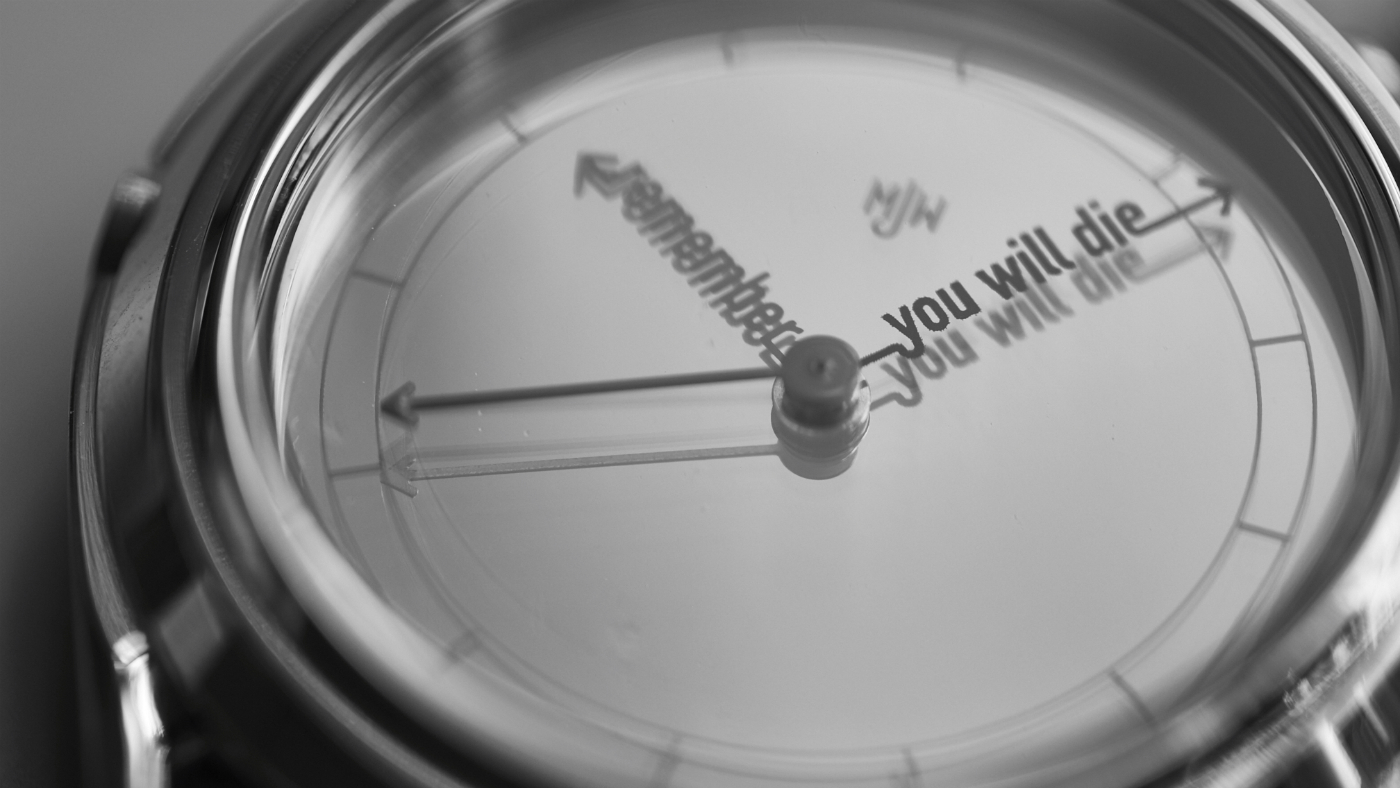
Creativity and experimentation used to be core values of watchmaking, but these days many of the world’s best-known brands prioritise legibility and traditionalism over originality.
Explaining the trend, news and reviews site A Blog to Watch says: “As consumer tastes ebb toward conservatism during unpredictable economic times (as we are in now), more experimental or artistic designs often get pushed to the side.”
And as a result, the so-called art watches of yesteryear have become increasingly difficult to find, especially at an affordable price point.
The Week
Escape your echo chamber. Get the facts behind the news, plus analysis from multiple perspectives.

Sign up for The Week's Free Newsletters
From our morning news briefing to a weekly Good News Newsletter, get the best of The Week delivered directly to your inbox.
From our morning news briefing to a weekly Good News Newsletter, get the best of The Week delivered directly to your inbox.
Enter London-based timepiece brand Mr. Jones Watches, which has built up a loyal following by creating a range of innovative designs dreamt up by tattooists, artists and graphic designers.
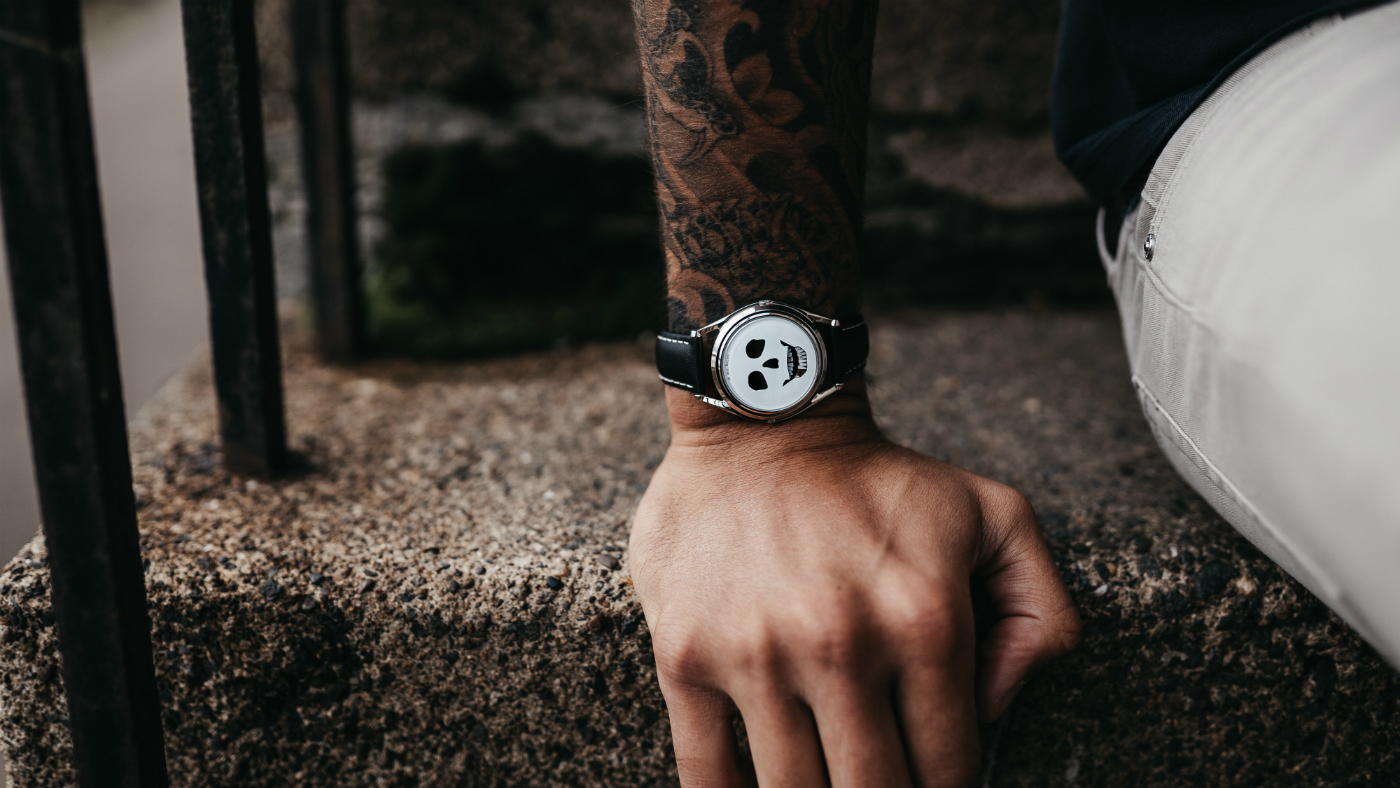
The Week Portfolio caught up with the company’s founder and creative director Crispin Jones to find out why and how he is aiming to make people think differently about their time.
You’ve won lots of attention with your memento mori watches. Do you think tracking the time is inherently connected to feelings of mortality?
Yes, absolutely - I think that the two concepts of time telling and mortality are very tightly intertwined. There is a tradition within pretty much all cultures around the world of the memento mori - an object designed to remind us that life is brief.
A free daily email with the biggest news stories of the day – and the best features from TheWeek.com
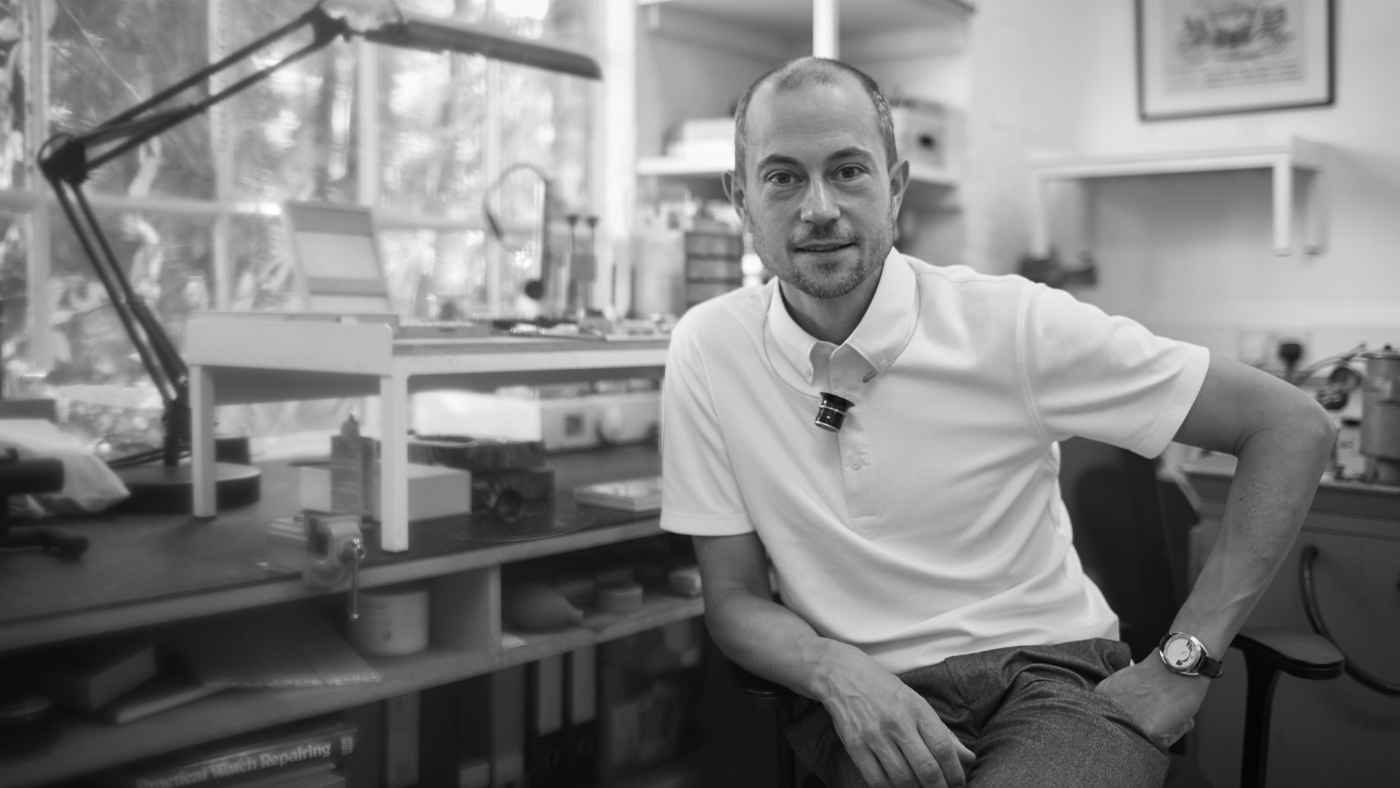
Traditionally, these took the form of jewellery or keepsakes in the shape of skulls and so on, early watches also had a tradition of carrying the same motifs, generally on the dials although sometimes by having a watch case shaped like a skull. It seemed neat to me to marry up the motif of the skull with the time keeping function of the watch and have the whole design unified.
Do you come up with the idea first for your designs and then look for a calibre that will help you execute it, or is it the other way around - calibre first and design afterwards?
Normally these days we work with external illustrators and generally we give them carte blanche to design whatever they want, we then work out the best way to realise the design within the range of calibres we have available.
Occasionally it’s the other way around - i.e. that we want to use say a jump-hour movement and so create the design around this.
In an age where timekeeping is largely done by digital devices, watches continue to offer an opportunity for self-expression. Why, then, do you think so many watch companies are so conservative in their designs?
Honestly this is one of the biggest mysteries to me. I kind of understand why someone like Rolex or Omega would be conservative - after all with these brands you’re buying into tradition / heritage etc and you want your Rolex to look like what everyone expects a Rolex to look like.
What I find really puzzling is that there are so many brands who are content to make something which looks a bit like a Rolex. I always thought was weird, even before I started making watches - as a comparison inexpensive car brands don’t try to make cars which look sort of like they’re Ferraris.
The other branch of watch design which I find puzzling is the Dieter Rams style ultra-minimal design, to me there are a multitude of those brands who all make things which look more or less the same. I guess there’s a real market for that kind of design, but it really leaves me cold.
How did you get interested in watches in the first place?
Growing up I had no interest in watches - I wanted to be an artist. I went to art college to study Sculpture for my bachelor degree. For sculptors there is a really close link to the practice of photography, as you generally always have to photograph your work to document it. In the photography department at university, I learnt to use Photoshop (this was 1995 so Photoshop was a real game changer!) I started using Photoshop to manipulate images and basically create sculptures that didn’t exist (since you were assessed on the documentation it kind of made sense to me to cut out the time consuming part of the process which was making the sculptures).
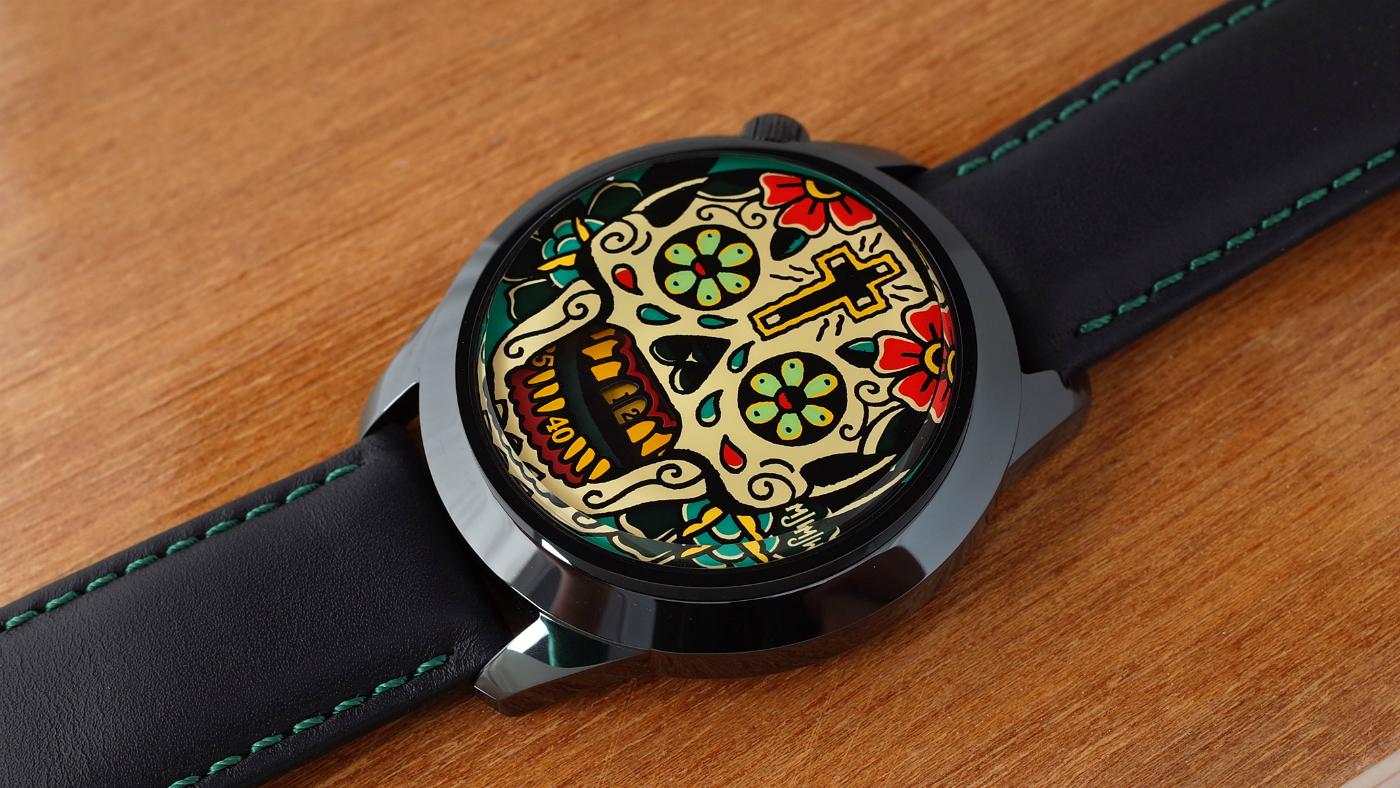
After I graduated I had to find a job, so I started working as a graphic designer and continued making artworks digitally in my own time.
After two years in the real world I wanted to get back to study further so I applied to a course called “Computer Related Design” (CRD for short) at the Royal College of Art. CRD was concerned with any creative use of technology, which was very forward looking for the late 1990s. I graduated from this course in 2000 and spent around five years making one off pieces for exhibition. These were neither really fine art, nor design but some intersection between the two disciplines.
Some examples of this kind of work:
ZXZX, this was a device I made which was designed to achieve a perfect score at the 1980s arcade game Track & Field:
An Invisible Force: a table that answers questions - you place the question card that you want answered in the metel slot on the left and press it down. As the answer is revealed the metal slot gets hotter and hotter, so you have to endure a level of pain in order to see the whole answer - if you take your hand away then the table resets:
Social Mobiles: this was a set of one-off mobile phones which were designed to alter the users behaviour to make it less disruptive to those around them:
In about 2005 I started to look at ways to change my practice to make it more sustainable for me. Making the one-off pieces for exhibition was rewarding in many ways, just not financially. I started to think about ways in which I could produce products which shared the same creative approach, but which I could also sell. I’d made a one off set of watches for exhibition and I thought about making a small production run of these.
The original Mr Jones Watches series:
I thought that there are loads of inexpensive watches out there, so my initial thought was simply that I could use some of the inexpensive manufacturing and combine it with interesting design to create a new kind of product.
I started off googling watch manufacturers and emailed them a bunch of questions about minimum order, if they could make my case design, and if they could print hands on transparent discs. Quite quickly there was only one factory writing back to me, they said the minimum order is 500 watches. I can make my own case and as many different designs within this 500 as long as I paid the setup fee for each design.
I thought with my fine art background that I could do five watches, each in a numbered edition of 100 pieces. I ordered samples, tweaked them and in spring 2007 I had the first watches ready, which I presented at the Milan Furniture Fair (which is less a ‘Furniture’ fair and more like an annual festival of design). I actually sold a few of the samples in Milan and overall the watches were well received. In July I received the main delivery and launched Mr Jones Watches with five designs.
Also you can see the first website here.
By the autumn one of the designs (The Accurate - see picture at the top of the page) had sold out and two others (The Mantra and The Decider) were low on stock. I thought great - people will start ordering some of the other two now, but they didn’t - they just kept asking when I’d make more of The Accurate. I decided to update the design to differentiate it from the first edition and reissue all three watches as part of the grandly named “Permanent Collection”.
The following year I repeated this format - I released five new 100 piece edition designs; two of them were popular enough to reissue and so they were added to the permanent collection.
This has become a sort of business model for us, that we still use: any new design is released in an initial numbered edition. If it’s popular then the design is updated and it’s reissued as part of the permanent collection.
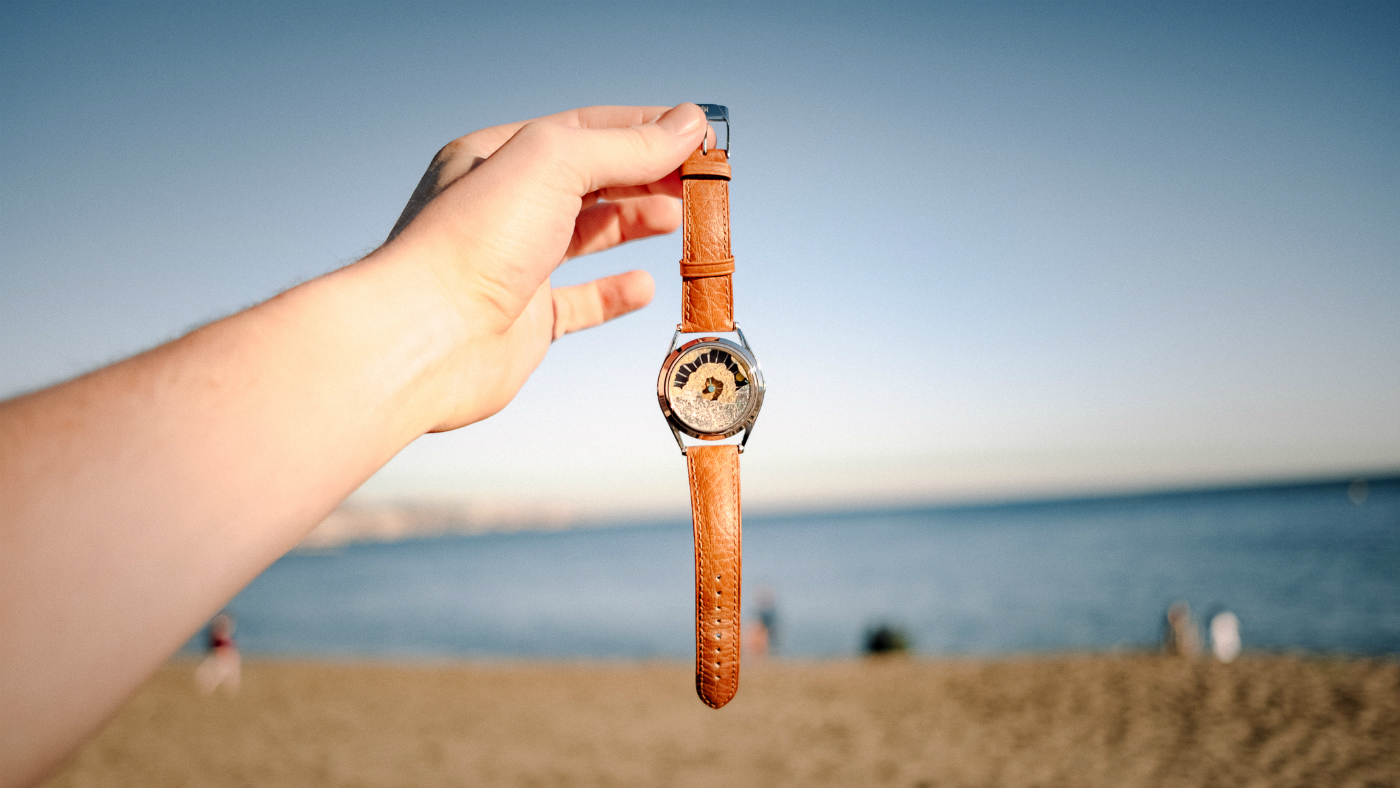
So really my interest in watches stems from them as a form of wearable technology and because they embody so much of our personal aspiration and sense of worth.
Are there any watches among your own designs that get more wrist time than others?
It varies at different times, currently I’m really loving the XL Last Laugh Tattoo, I really like that it feels big but also balanced (I’m not generally a fan of super large watches, so it was a real challenge for me to get the case feeling right). In the past I had a long time of wearing Sun & Moon in the regular size. I like wearing the gilded watches (Robotto Shi, Nuage) when it’s sunny because the gilding always looks great in sunshine.
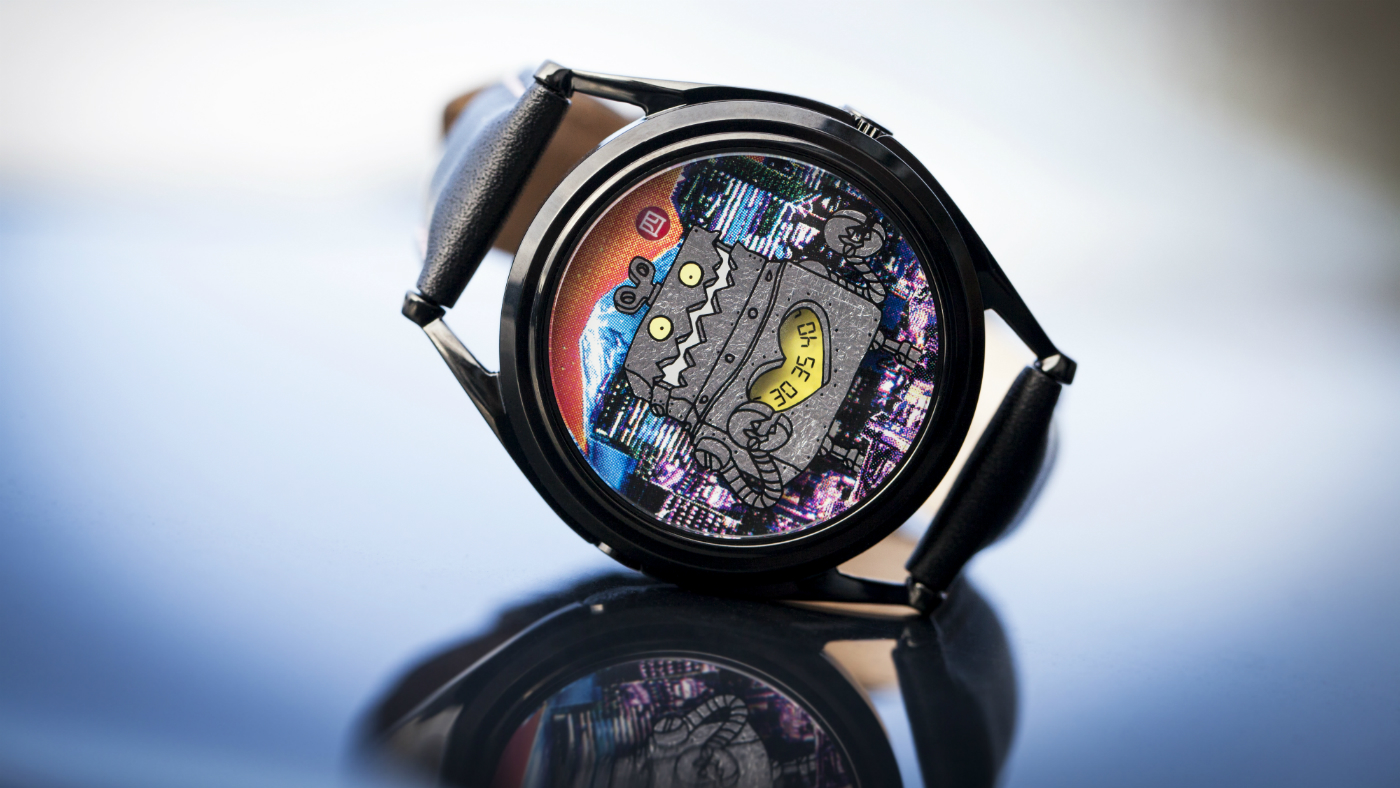
What other small watch brands do you most admire?
Not sure if they count as small, but I like Christopher Ward - I like that even though they’re small compared to some of the Swiss brands, they developed their own movement and have developed various modules to alter the time display.
I admire Roger Smith hugely, I think his work maintaining and building on the traditional craft of watch making are an inspiration.
Finally I really like what anOrdain, we worked on some enamel dials a few years back and I know from that experience how challenging it can be. The dials they produce look superb.
And which traditional brands do you like?
I really don’t care for many of the traditional brands’ current output, but thinking about these brands in their mid-20th century heyday I’d say Longines for their beautiful movements - I don’t think you can beat a 12.68 with gilded plates and blued screws, especially if it’s powering an RAF issued 6b/159 navigator’s wristwatch.
I love IWC in this mid-century period, I think they’re hugely underrated, the quality of their movements is superb.
I have a really strong feeling for Jaeger LeCoultre in the post war years - they were such an innovative and slightly strange company during this period, it almost felt like they weren’t happy unless they were doing something that nobody else was (the Futurematic, the Memovox automatics, even pre-war with the Reverso and the Atmos clock).
I love Smiths who were the last English manufacturer of quality wristwatches, their output (especially the diversity of it) gives such a strong sense of Britain in the 1950s and 60s.
Do you have any grail watches you lust after? What would you put in your collection if money was no object?
Oh certainly I have a few!
If I had to pick one though I’d go for a Charles Frodsham double impulse chronometer watch (money no object I’d opt for a 22 carat gold case!) I think what the team there have created should stand as an inspiration for any of the people who look to revive one of the traditional watch brands.
And finally, what are you working on next?
My current major project is our new combined retail and production space, we’re looking to renovate an old shop and have all the production on-site as well as all the order dispatch and a small retail area.
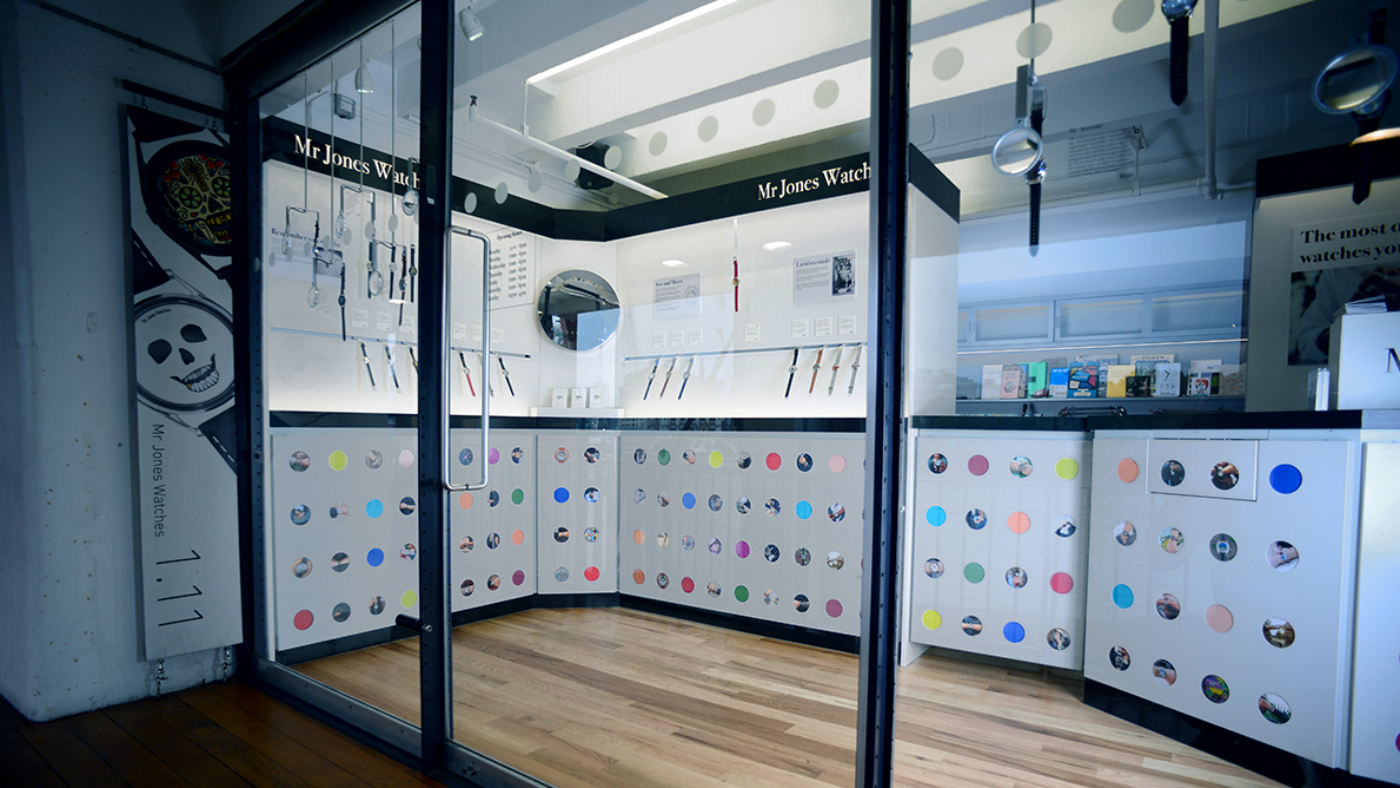
Currently, although we’re a small company we’re rather too spread out and bringing everything together in one space will help pretty much all aspects of what we do. We’re hoping to be moved in by Christmas, or early in the new year so at the moment we’re in the really fun phase where it’s all planning and working out how to organise the space, which I’m really enjoying!
For more, visit mrjoneswatches.com
-
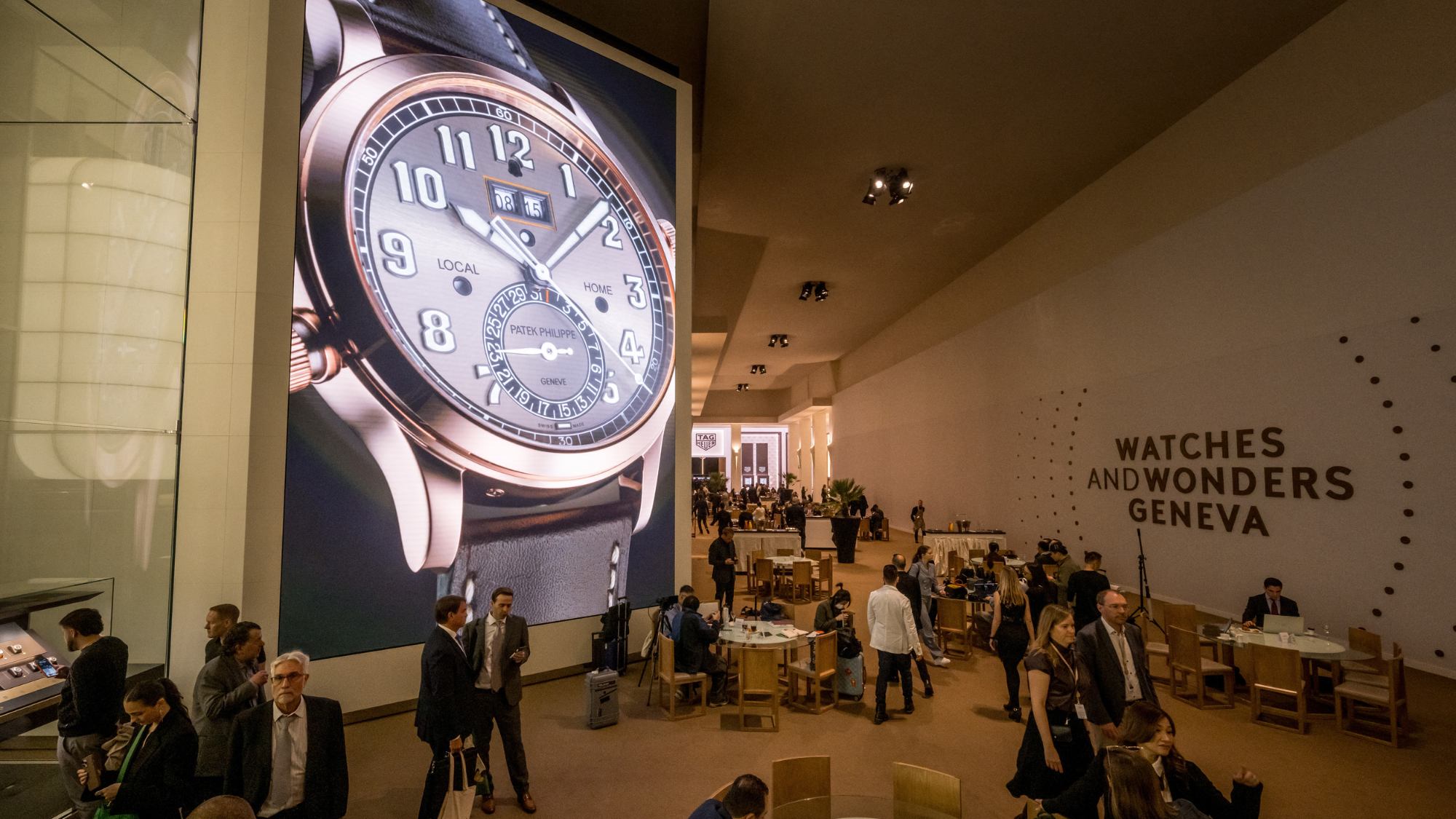 Five top new women's watches
Five top new women's watchesThe Week Recommends From dancing diamonds to reconfigured classics, these models were recently revealed at Watches & Wonders Geneva 2024
-
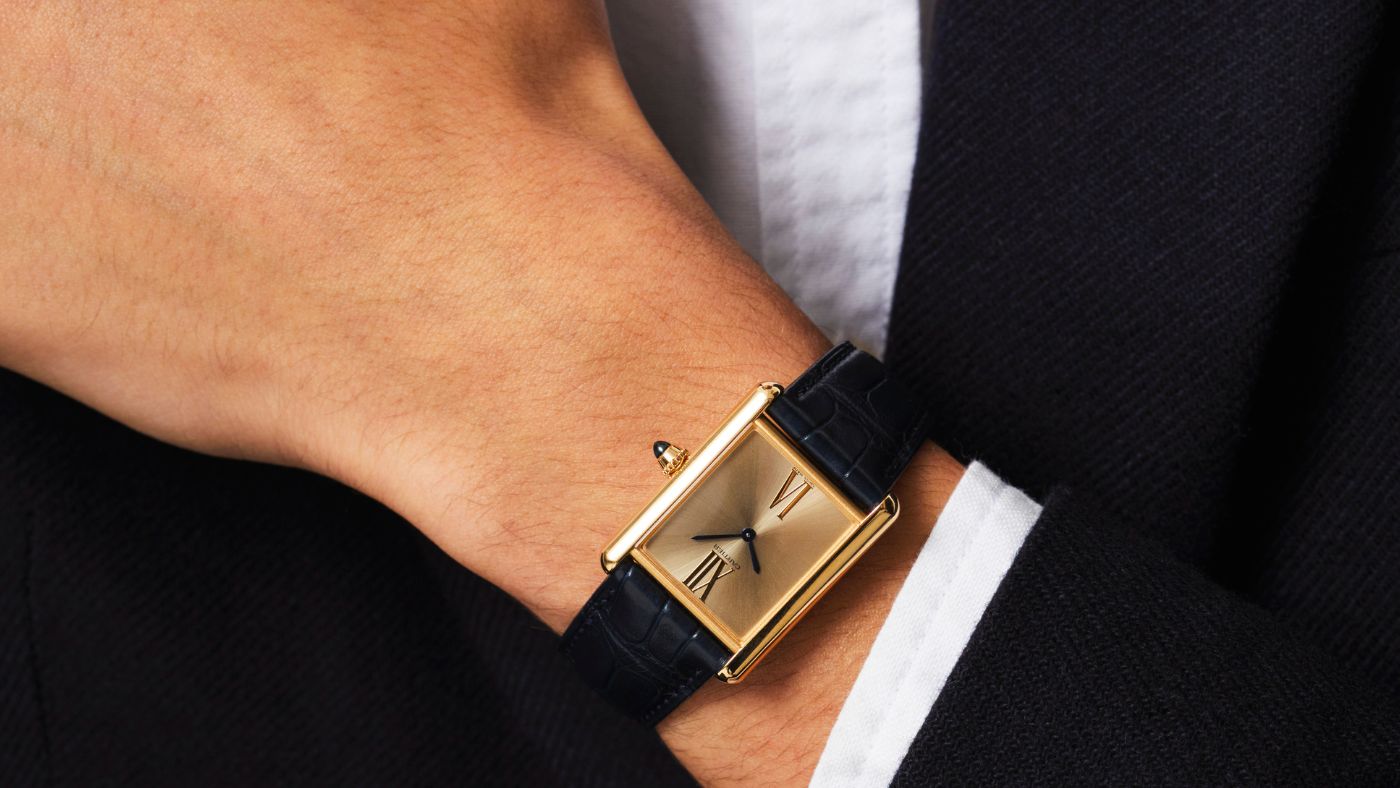 Five high-end watches that tell a story: from Cartier to Bulgari
Five high-end watches that tell a story: from Cartier to BulgariThe Week Recommends These limited-edition watches from top watchmakers imbue classic designs with a fresh sense of creativity
-
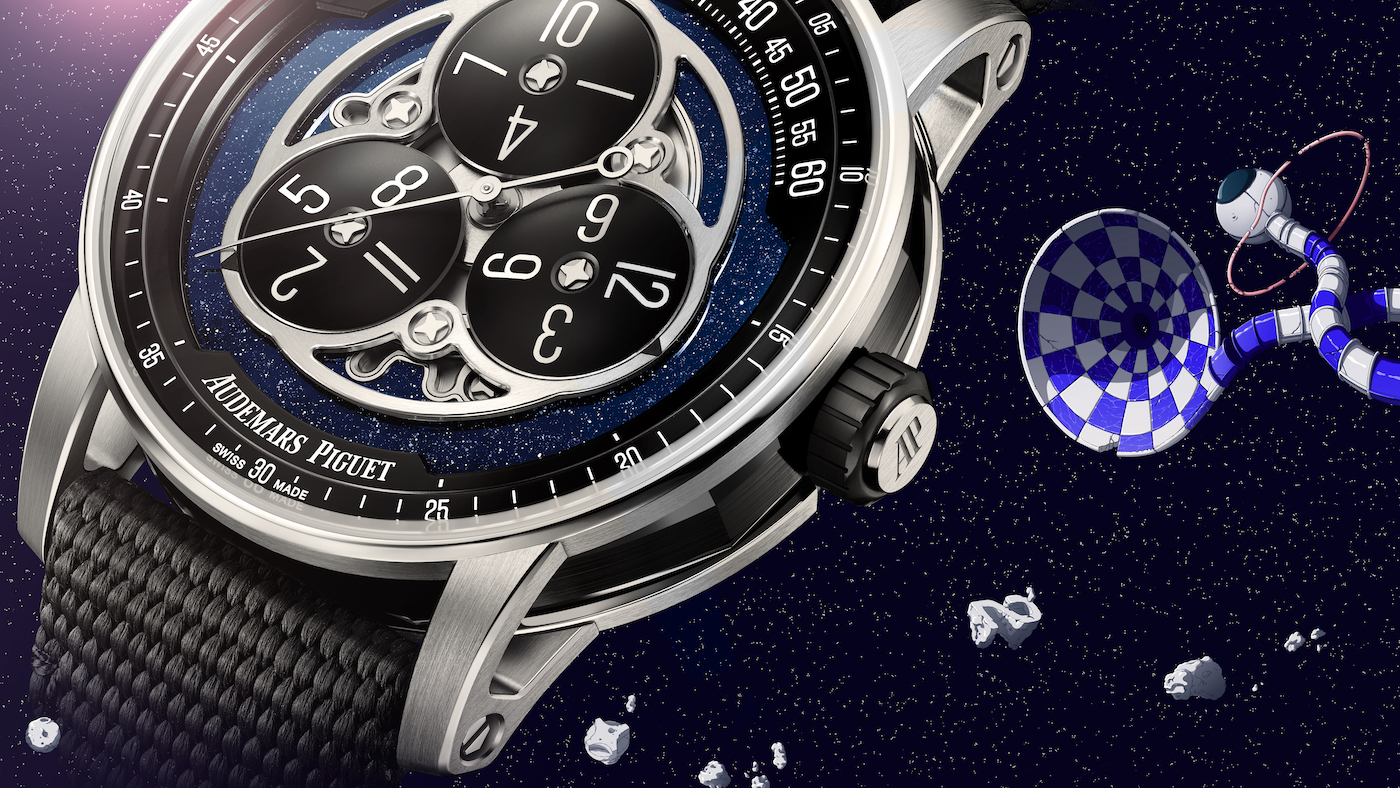 Wandering star: Audemars Piguet’s new Code 11.59 Starwheel watch
Wandering star: Audemars Piguet’s new Code 11.59 Starwheel watchfeature Engmatic and alluring, this timepiece has a suitably spiritual backstory
-
 Built for adventure: TAG Heuer Aquaracer Bamford Limited Edition
Built for adventure: TAG Heuer Aquaracer Bamford Limited EditionSpeed Read George Bamford explains his second collaboration with Swiss watch brand
-
 Well timed: inside the new Audemars Piguet museum
Well timed: inside the new Audemars Piguet museumSpeed Read Swiss watch brand celebrates past and present in architectural marvel
-
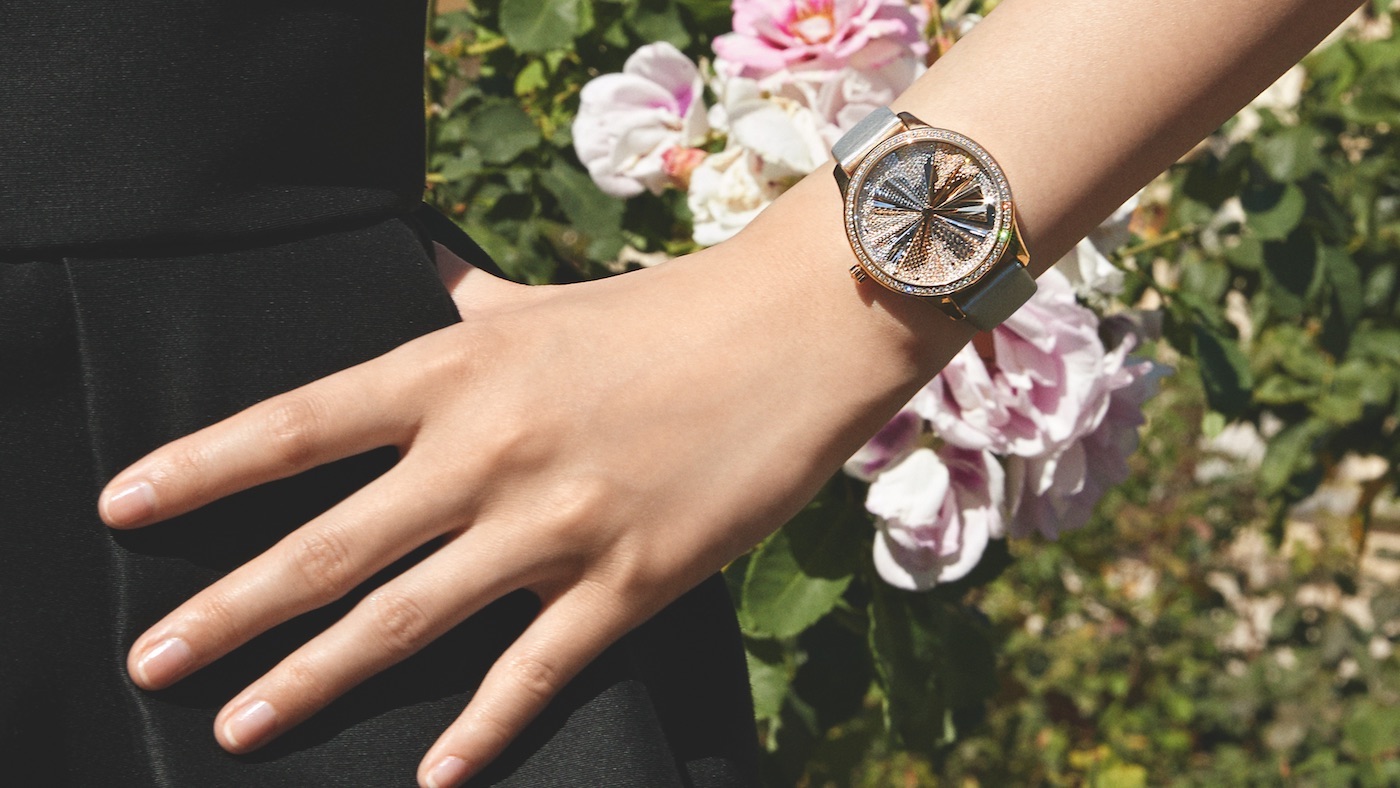 High time to have a ball: Dior Grand Soir Plissé Précieux
High time to have a ball: Dior Grand Soir Plissé PrécieuxSpeed Read A new haute couture timepiece by Dior
-
 The all new Hermès Cape Cod Martelee
The all new Hermès Cape Cod MarteleeSpeed Read Parisian luxury brand introduces a modern classic
-
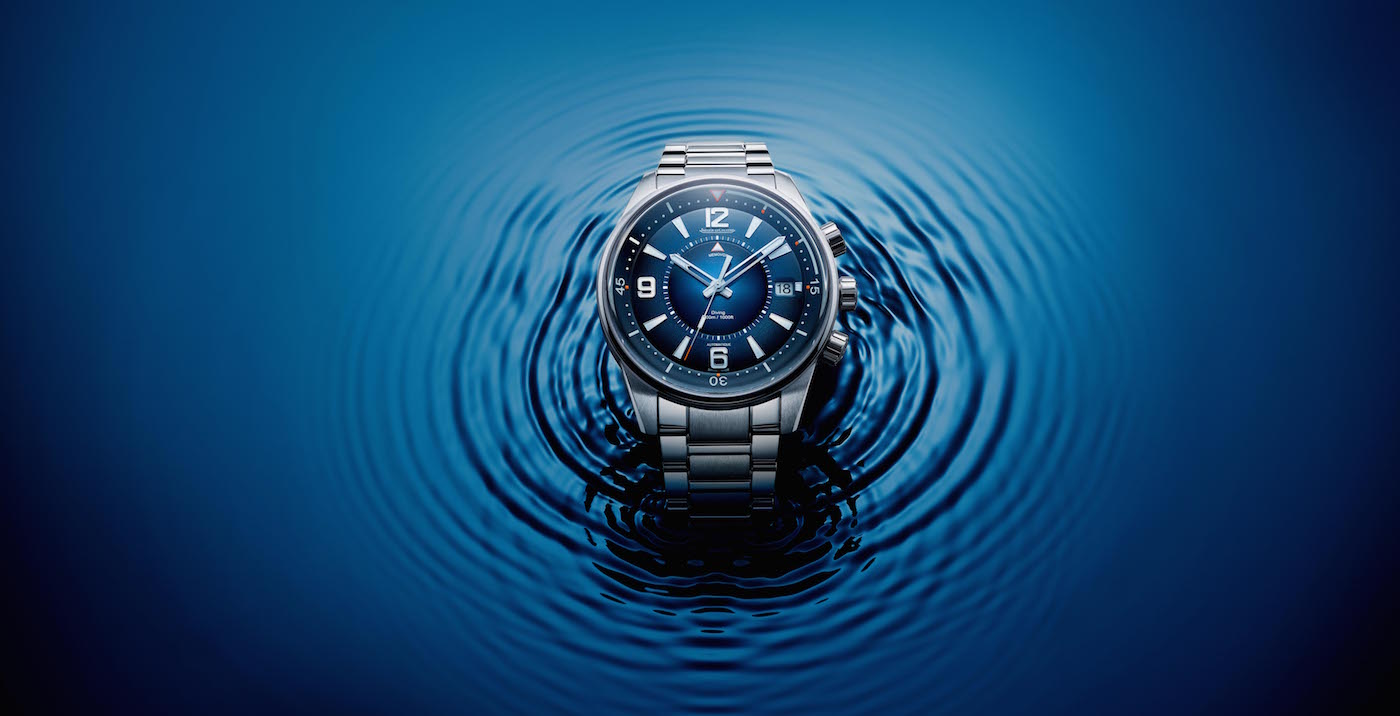 Ten of the best luxury watches for everyday wear
Ten of the best luxury watches for everyday wearThe Week Recommends These classic timepieces are reviving the sporty category with verve and ingenuity

